
views
- Pitta dosha is the connection of fire and water. It’s one of the 3 major doshas alongside Vata (ether and air) and Kapha (water and earth).
- A well-balanced Pitta will make food easier to digest, help you stay level-headed, and ensure you feel alert and energetic.
- Control your Pitta by changing your diet to keep it in check and managing your daily activity levels.
What is Pitta?

Pitta is one of the three core doshas in Ayurveda. Ayurveda is a natural system of medicine that originates in India. It’s over 3,000 years old, and the premise of Ayurveda is that disease, pain, and emotional turmoil are based on what goes into your body and mind.In Ayurvedic medicine, there are three essential elements of one’s life force, called doshas. Pitta is the dosha that controls your digestion, metabolism, and energy levels. It’s associated with fire, so if someone is constantly flying into rages or losing their cool, they may have excess Pitta.Everyone is believed to have a unique “natural balance” of doshas (and some people are primarily Pitta types), so if your Pitta dosha is too high or too low, it can have consequences for your mind, body, and spiritual well-being.
Pitta Mind-Body Type

Spiritually, Pitta is the essence of your fire, mood, and well-being. Vata dosha is associated with the mind and consciousness, Kapha dosha is connected to empathy and spiritual support, and Pitta is heavily associated with your mood and essence. Spiritually, the Pitta dosha is reflected in: Heat and fire Light Intensity, passion, and love Acidity, spice, and sharp flavors Pungent odors and harsh aromas

Physically, Pitta is connected to digestion and energy. Vata is associated with thinness and creativity, while Kapha is physical strength and stoicism. People with a primary personality and spirit rooted in Pitta (called Pitta types) are often fiery, but balanced. If your doshas are primarily in Pitta, you may: Be good at digesting food. Have a high in sex drive and energy. Be argumentative, quick-witted, passionate, and expressive. Have red hair or red-tinted skin. Have a medium-sized and athletic body. Be prone to a high body temperature.
Pitta Imbalances
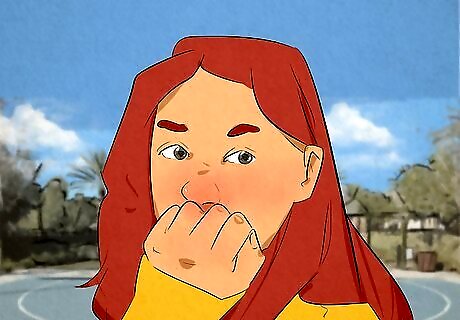
If your Pitta is too high, you may feel out of control. People with an overflowing amount of Pitta are likely going to feel out of balance or lost. They may suffer from an urge to fight and argue, or become much more sensitive than normal. Physically, they may experience headaches, diarrhea, or heartburn as their digestive system struggles to settle. An excess of Pitta dosha may make someone fussy and difficult to be around. Alternatively, it may make a romantic partner pushy in the bedroom or overly sarcastic. Your Pitta can run out of control if you don’t take your medication, eat too much spicy food, spend too much time arguing with others, or being too active during the day.

If your Pitta is too low, you may feel lethargic. People who suffer from a lack of Pitta may feel sleepy, disinterested, or bored. Physically, they may feel constipated. A person with not enough Pitta may also experience burning sensations or develop rashes or itchy skin. An absence of Pitta can make someone appear sheepish and irritated. If you’re in a relationship with the person, they may seem disinterested in you and ask for alone time. Your Pitta may run low if you eat big meals without any spices or herbs, drink lots of cold liquids, sleep too long, or take too many days off of work.
Balancing Your Pitta
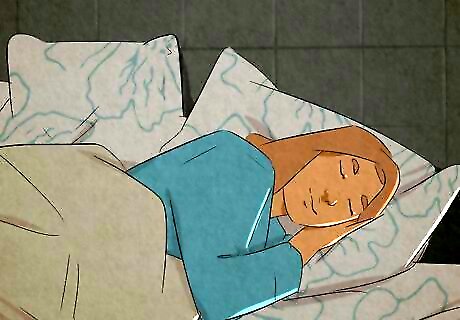
Rest every day and avoid overactivity. Pitta is the dosha of passionate action. When there’s a knot in your gut screaming “do it!” that’s your Pitta. Take breaks. If you keep tackling project after project and hobby after hobby, your Pitta will overflow. Those little breaks and quiet moments of boredom are important.

Spend time around nature. Encourage your Vata dosha by reconnecting with the natural world. Find time in your schedule to visit your local park or forest reserve. On your lunch break, take a stroll outside instead of putzing at your desk. The hot energy of Pitta will pull back in the face of nature’s serenity. Even adding plants to your home can help soothe an overactive Pitta dosha.

Get a cooling massage or meditate to calm your Pitta. Anything that soothes the muscles will help release excessive Pitta. You might meditate for a few minutes, or try a few yoga poses. At the bare minimum, try stretching it out when you’ve got a break. If you do any high-intensity workouts or weightlifting, balance everything out with something low impact and easy on the joints.
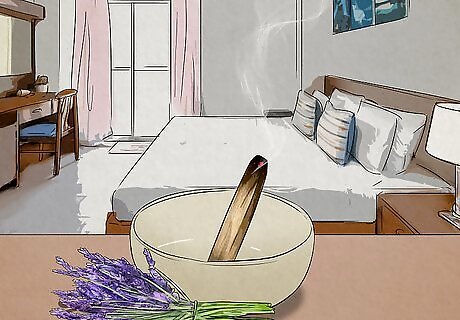
Fill your home with earthy, cool aromas. Sandalwood, jasmine, chamomile, lavender, and rose are all excellent options if you feel like you’re suffering from an excess of Pitta. You could diffuse some essential oils in your home or burn some incense. Stay away from “strong” or “spicy” aromas like sage, wintergreen, cardamom, or star anise.
Pitta Dietary Guidelines

Eat when you naturally feel hungry. Don’t skip meals or wait until you’re starving then overeat. You’re most likely to avoid any digestive issues if you eat when your body tells you it’s time to eat, and keeping your stomach and digestive tract happy will ensure your Pitta stays stable and centered. It’s better to eat 4-5 smaller meals than it is to eat 2-3 bigger meals. This will keep your energy levels stable throughout the day, which can prevent your Pitta from spinning out of control.

Consume plenty of cooling foods, like cucumber. Snack on fresh fruits like watermelon, cucumber, mango, and peach. Drink smoothies and cold water. Raw foods are also believed to have a cooling effect, so snack on raw nuts, uncooked veggies, and leafy greens.
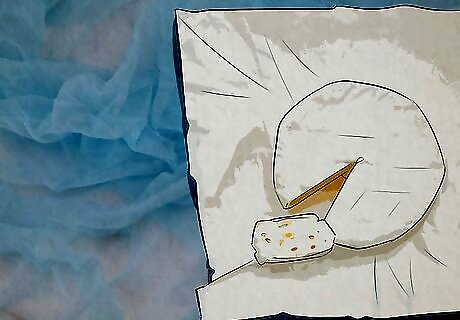
Use dairy to balance spices that promote Pitta. Dairy can cut through the intensity of pepper and other spices, so pair hotter dishes and ingredients with yogurt, milk, and cheese to avoid overfeeding your Pitta dosha. Milk has a special role in Ayurveda, as it’s the only ingredient that raises Ojas—the Ayurvedic ingredient that connects your body’s digestion to your happiness.
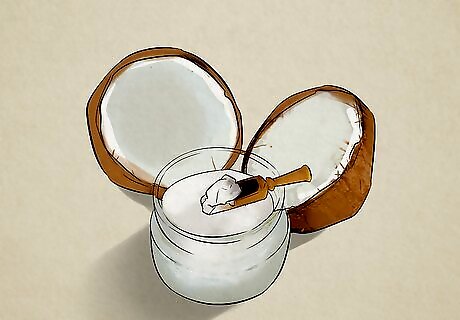
Pacify Pitta with olive, sunflower, or coconut oil. The earthiest of the seed oils are heavy in Vata and Kapha, which can help to compete with any excess Pitta you happen to be cooking with. For example, if you were going to grill chicken skewers, sauté them in oil first. If you’re making a salad, skip the ranch or Caesar and opt for a virgin oil drizzle.

Moderate your alcohol, red meat, sugar, and white flour intake. These ingredients may be high in Pitta, but they can also throw your Pitta out of whack if you aren’t careful. Avoid these dishes and drinks if you can, but if you’re going to dabble, just don’t overdo it. If you’re going to eat a meal high in spice or red meat, try to balance it out with a cooler meal later.

















Comments
0 comment